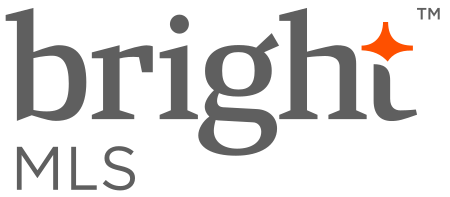Lisa Ciccotelli
- P: 610.202.4429
- E: [email protected]
Chestnut Hill is still stereotypically known as one of the more affluent sections of Philadelphia.
Chestnut Hill is a neighborhood in the Northwest Philadelphia section of the United States city of Philadelphia, Pennsylvania. The village of Chestnut Hill was part of the German Township laid out by Francis Daniel Pastorius and came to include the settlements originally known as Sommerhausen and Crefeld, as well as part of Cresheim. It served as a gateway between Philadelphia and the nearby farmlands. During the American Revolutionary War era (late 18th century), the area was one of many summer vacation spots due to its higher elevation, 400–500 feet above sea level, and cooler temperatures than the historic Center City. Chestnut Hill is still stereotypically known as one of the more affluent sections of Philadelphia. However, there are many residents who fall within lower/middle class incomes.
Chestnut Hill is home to several private schools. Perhaps the best-known are the K-12 Chestnut Hill Academy (boys) and Springside School (girls), since 2010 merged as the semi-coeducational Springside Chestnut Hill Academy. The other three private schools in Chestnut Hill are The Crefeld School (7-12), and the K-8 Norwood-Fontbonne Academy and Our Mother of Consolation. Many "Chestnut Hillers" also send their children to private schools in nearby neighborhoods such as William Penn Charter School, Germantown Friends School, Germantown Academy, Saint Joseph's Preparatory School, Abington Friends School, LaSalle College High School, Mount Saint Joseph Academy. and The Center School (Abington, Pennsylvania).
source: wikipedia.org
Percentage change from latest quarter vs same time period previous year
Data compiled using 4th quarter 2023 data vs. same period from 2022

Population by Age Level. Median Age 42.28. Households: 4,411.
In Thousand of Dollars. (Median Income: $91,167)
Population by Education Level
Fair Market Rents
Public & Private Institutions Of Learning
Education in the United States is provided by public, private and home schools. State governments set overall educational standards, often mandate standardized tests for K–12 public school systems and supervise, usually through a board of regents, state colleges, and universities. Discover the K12-powered public or private school that is best suited for your child's needs in the area.

Oops! We could not locate your form.



























